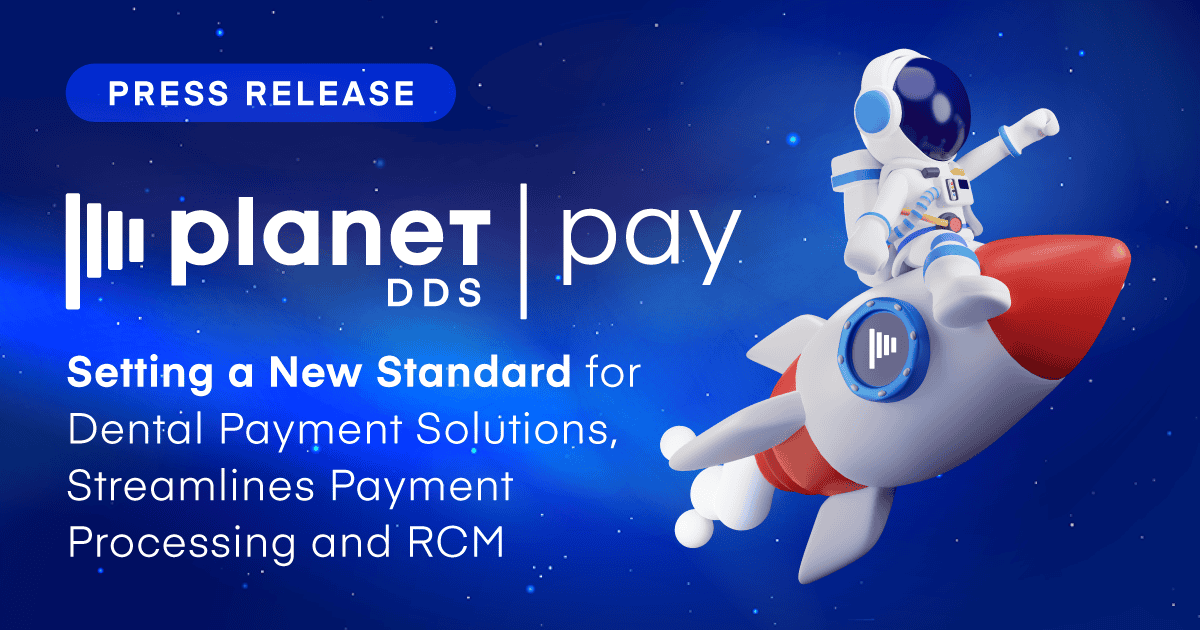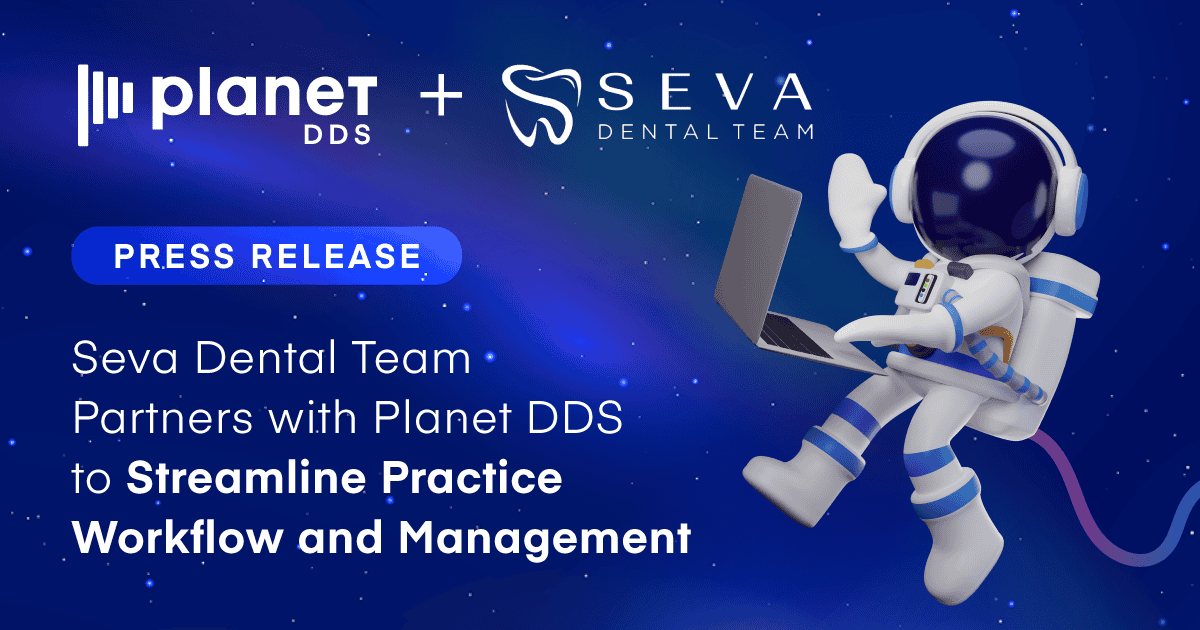Scheduling for Success: Understanding your New Patient’s Potential
In a world of instant gratification and technology at your fingertips, the term “worth the wait” proves to be all but a fond memory of a simpler time.

In a world of instant gratification, technology at your fingertips, and the seemingly hostile takeover of the dreaded millennial, the term “worth the wait” proves to be all but a fond, yet fleeting memory of a simpler time… Even if it was only a year or two ago. In Orthodontics, especially, it appears that the market, the technology, and the patient base has morphed into something scary and new in just the blink of an eye.
The increased competition, corporate dental groups, at-home online treatments, and the technological marketing shift, has altered the course of orthodontics as we know it (dun, dun, duuuuun!). As things change, learning to identify not only new buyer personas but also having the mindset to contour your exam flow to fit the needs of the altered buyer demographics is paramount.
The 2018 patient experience begins long before a patient walks through your practice doors. In today’s market, an orthodontist must first make a great impression online and then make it easy for that potential patient to schedule. This can include third-party scheduling and chat modulus, Call to Action buttons with email inquiries or just good old fashion telephone numbers and maps on your website. If convenience is to cake as your schedule is to eating it– sometimes you don’t get to have your cake and eat it too.
As much as we want to get every patient in as soon as possible and offer up our best consult times, we must also be aware that there are two very different demographic groups of new patients coming through our doors. Each group has distinct needs, expectations, and agendas, so we should learn to schedule accordingly.
The first group is a more traditional take on new patients. I like to refer to them as “A” patients; as in “A” for Awesome New Patients. This patient group is the bread and butter of orthodontics. Below are the qualities I often find in our “A” patient demographic.
- They came into the practice as a warm lead. Meaning, they received a direct referral from a dentist or dental professional, an existing patient, friend or family member.
- The patient is between the ages of 8-16 and has responsible parties that are older than 33. Or for adult patients, the patient is 30 years or older.
- The patient or responsible party has lived in the area for more than a year and has a full-time job that has dental or orthodontic benefits.
- The patient has a relationship with a dentist in the area and has been seen within the last year.
A new patient meeting all or most of this criterion is worthy of our coveted, prime new patient exam times. They are the ones we look ahead on our schedule for and count on to be starts throughout the month. This group of patients are looking for an outstanding patient experience, want to know their time matters and that they are getting a good deal without compromising care. I suggest scheduling them for an hour-long appointment, so we can do a thorough exam, take pictures and x-rays, and give them a comprehensive treatment plan and fee presentation.
The next group of new patients is what I like to refer to as our “B” patients, for Be Cautiously Optimistic New Patients. This group of patients may require some additional caution or discretion when we are scheduling; as this group of new patients tends to have the highest no-show rate and can also be the hardest to convert. Although we want to get them in as soon as possible, we do not want to give away our prime-time “A” patient spots. For that reason, I suggest a shortened half-hour initial exam. I like to call this type of exam a “Just the Facts” exam.
The “Just the Facts” exam should be about gathering good information, finding out the intent of the patient, establishing a pre-treatment checklist, and then scheduling a follow-up appointment if their interest is true. It is essential to understand that the “B” group of new patients are often looking for a fast fix to their problem and may not be interested in a comprehensive treatment plan. They usually find favor in the low cost of treatment, rather than the high quality of care and see value in their time rather than yours. Like the “A” group, “B” group patients share four common qualities that should leave you feeling cautiously optimistic about the outcome of the exam.
- This group of patients is NOT warm leads. Meaning, they found you online, through a web campaign, an online review, from their insurance company, or from a keyword web search.
- The patient is usually between the ages of 18-30 and is responsible for their account. Or the patient is between the ages of 8-16 and is a part of a state-funded insurance plan.
- The patient has usually lived in the area for less than a year or has a newer job, generally without benefits.
- The patient does not have a relationship with any dental professionals in the area and has not been seen by a dental professional in the last year.
With the millennial uprising–and the trend toward online marketing—you will find the “B” group of patients becoming more prevalent in your practice… As long as they have an affinity for avocado toast anyway.
So how can your practice schedule for success? Begin by understanding the difference between your “A” for Awesome and “B” for Be Cautiously Optimistic New Patients. Make sure your scheduling coordinators know how to score a new patient phone call and schedule them into the correct new patient slot. Consider a different code for “B” new patient exams. Scripting is going to be the key to your success as well as a thoughtfully templated new patient exam schedule.
Visit Jill Allen & Associates at www.practiceresults.com.




